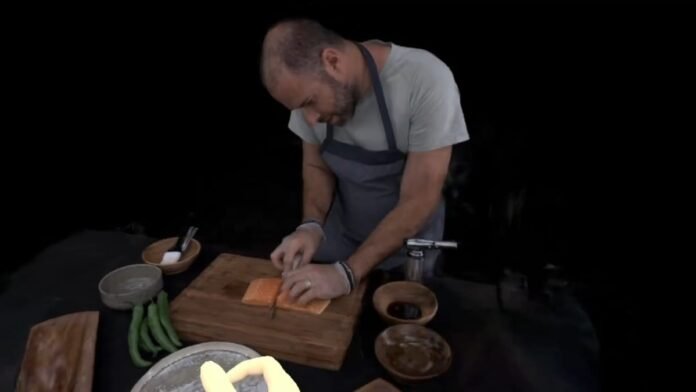Gracia’s transferring volumetric scenes, dynamic gaussian splats, at the moment are obtainable on Quest 3 and Pico 4 headsets standalone.
Easy stereoscopic 3D photographs and movies like Apple’s spatial video solely provide restricted parallax of a view of a scene introduced in a rectangle in entrance of you, and immersive 180° or 360° content material like Apple Immersive Video does the identical in a hemisphere or sphere.
However the holy grail of captured immersive content material is really volumetric scenes you could truly transfer your head and even stroll by – primarily photorealistic VR, captured from the actual world as an alternative of created by 3D artists in modeling software program. That is what Gracia delivers, in an early kind.
Gracia is feasible because of Gaussian splatting, a comparatively new approach for rendering 3D volumes by representing the scene as a group of overlapping 3D Gaussian capabilities. The corporate claims their particular Gaussian splatting rendering implementation is quicker than “some other know-how available on the market”, which is the way it can run on Quest 3 standalone with out a PC.
Footage from Gracia of Let Him Cook dinner.
The volumetric clips launched within the PC VR model of Gracia final month, and at the moment are obtainable within the standalone model of Gracia on the Meta Horizon Retailer for Quest 3 and Quest 3S headsets, in addition to the Pico Retailer for Pico 4 and Pico 4 Extremely.
The transferring scenes are referred to as Let Him Cook dinner (10 seconds), Shadow Boxing (8 seconds), and Spinning Dancer (29 seconds). You may transfer round them with a thumbstick or simply stroll round your room along with your physique – they’re really volumetric scenes.
Not like on PC VR, you can too view these scenes in your actual room through passthrough, arguably one of the simplest ways to expertise them. You will see the dancer, boxer, or chef proper there in entrance of you.
Do not anticipate to see reside occasions volumetrically streamed utilizing this know-how any time quickly, although, or to simply seize your individual.
Gracia says these clips have been captured utilizing costly 3D scanning studio rigs, and took six minutes to coach a single body. That equates to weeks of whole AWS compute time per minute, and although it may be parallelized to take much less time in actuality, it is nonetheless a major price.
Additional, the obtain measurement of those clips equates to over 300 megabytes per second. Which means streaming this type of content material would theoretically take a 2.4 gigabit web connection, which barely anybody has. However Gracia expects its compression to enhance by no less than an order of magnitude inside a yr, making it attainable on fashionable quick web connections. It is also exploring utilizing cloud VR streaming.
Nonetheless, Gracia’s transferring volumetric clips are a tantalizing glimpse of the way forward for media and leisure, and when you’ve got a appropriate headset, you need to go and take a look at it proper now.
